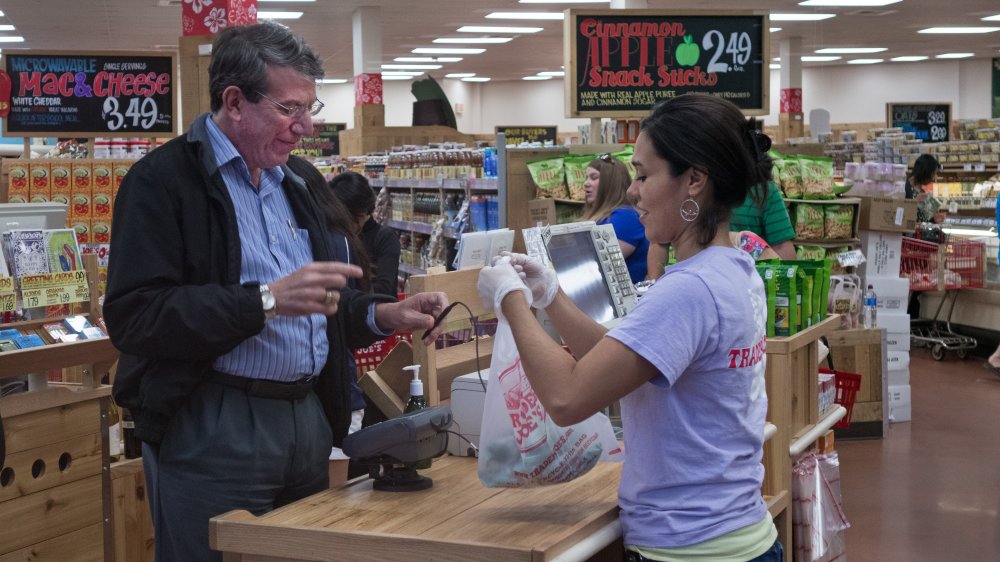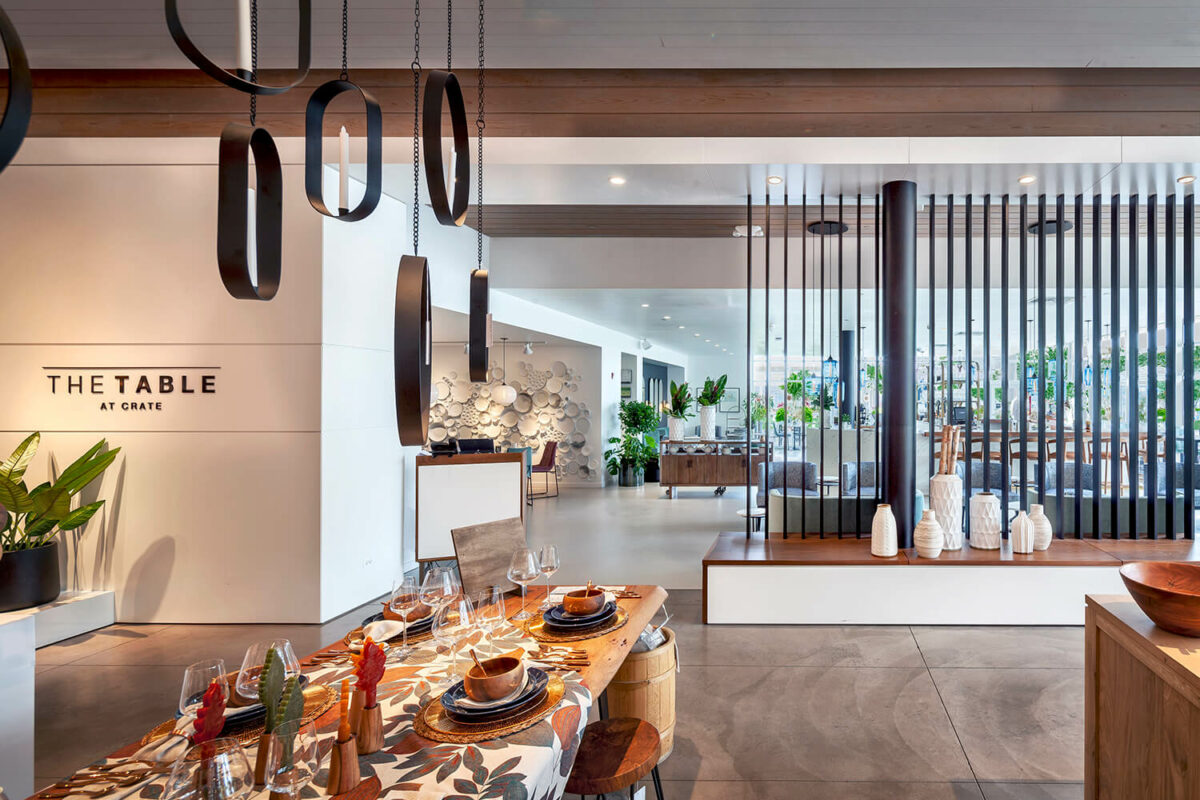Customer experience-based marketing works at cross-purposes with itself. Inherently. A better experience is always a worse experience.
On the one hand, experience marketing is about more enriching engagement, as best and most famously articulated in The Experience Economy, Joseph Pine and James Gilmore’s 1999 bestseller. The core idea is in the subtitle: “Work is Theatre & Every Business a Stage.” Pine and Gilmore advised business leaders to build what people would ‘pay admission’ for.
Consumers pay with time not just money. When business is theater, people must spend more time with brands. Whether or not it’s worth more money and time, it’s more. Pine and Gilmore’s operative metaphor is theater, an experience that entails both more money and more time.
But there are two sides to the experience coin, not only more enriching engagement but also more efficient engagement. In other words, less time not more. A more enriching experience that takes more time is also a worse experience for that very reason. This is how experience-based marketing works at cross-purposes with itself.
The more time required by an experience, the less convenient or efficient it is.
Above all else, convenience drives choice. The consumer marketplace since the turn of the 19th century can be traced as an arc of convenience. Convenience even trumps price. People will pay extra for convenience. Lower prices will not forgive greater inconvenience.
Jeff Bezos built Amazon on fundamentals unaffected by fashion or business cycles. A cheap price is the root value, but almost all of Amazon’s innovation has been about convenience. One-click. Two-day delivery. One-day. Same day. Sunday delivery. Integrated search. No-hassle returns. Amazon Go. Drones next. And more. People want efficiency from brands, and that works against the extra time it takes to deliver a performance.
Even when an enriching experience doesn’t require more time, it still requires more headspace.
If people don’t notice an enriching experience, it’s as if it isn’t there to begin with. Which means that business as theater demands headspace, demands that habit and routine be set aside, demands that efficiency be foregone. The experience may be more enriching, but in being better it is also worse because it is less efficient. And vice versa. Efficiency sacrifices all the embellishments required for enrichment.
Enrichment overlaid on top works at cross-purposes. But when enrichment is integrated as an undemanding enhancement not a further complication, experience becomes a virtuous cycle. Experience must be integral not additional. That’s not the typical approach, but that’s what’s needed for a future of ever-growing demands on people’s time and attention.
Contributed to Branding Strategy Insider By: Walker Smith, Chief Knowledge Officer, Brand & Marketing at Kantar
Branding Strategy Insider is a service of The Blake Project: A strategic brand consultancy specializing in Brand Research, Brand Strategy, Brand Growth and Brand Education




